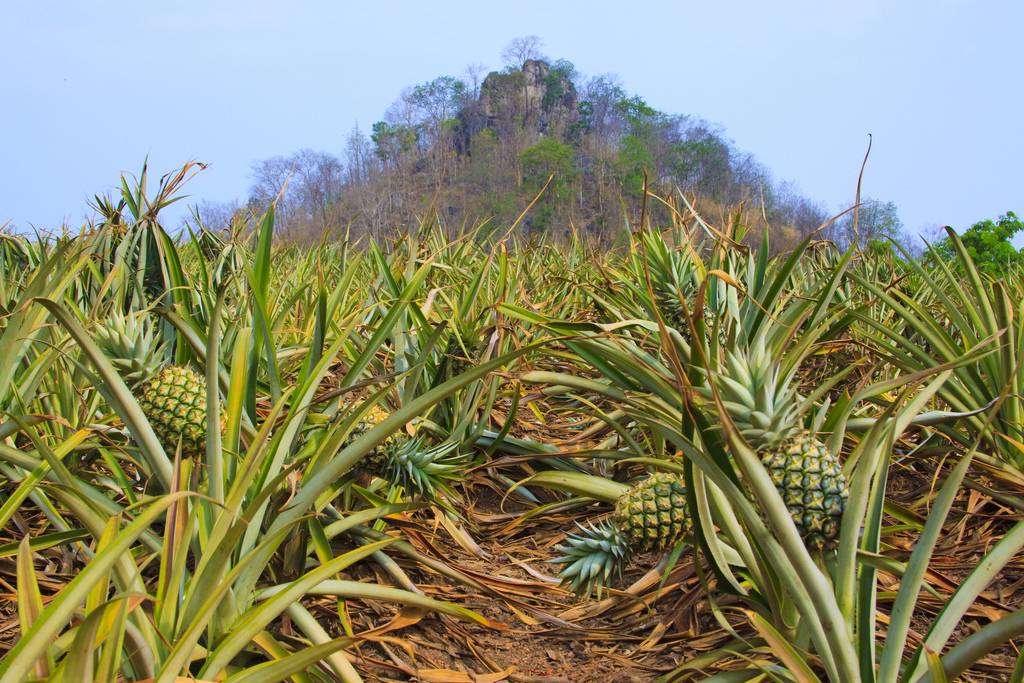 Vermont Public Radio aired a program on black bears yesterday, and the message it conveyed is one I feel is worth repeating, as it applies to anyone living in bear country. Even though the Black Bear population in New England is growing and there is more overlap of black bear and human habitation, we can co-exist. Without enticement, bears would not be prone to visiting backyards, and thus, “nuisance” calls to Fish & Wildlife would be far fewer (as would the number of bears that are put down). Bears go where there’s food, be it bird feeders, bee hives, compost piles or pet food. After a winter of not eating, black bears are extremely hungry in the spring and early summer, and their memory is excellent. If a feeder or bee hive has been raided one night, it will most likely be revisited the next. The best way to avoid having black bears encroach on one’s back yard is to not have any food available. Birds survive very well at this time of year without any supplemental feeding, so bird feeders can be taken down. Bee hives (and compost piles) can be protected with electric fencing. Cats and dogs should be fed inside, where their food isn’t available to bears. As of July 1st, it will be against the law for anyone in Vermont to feed bears – and that includes unintentional feeding (bird feeders, bee hives, pet food, etc.). Before a “nuisance” bear will be disposed of by Vermont Fish & Wildlife, the homeowner will first have to take measures to discourage bears, such as taking bird feeders down and putting electric fencing around bee hives. Sounds like a good law to me!
Vermont Public Radio aired a program on black bears yesterday, and the message it conveyed is one I feel is worth repeating, as it applies to anyone living in bear country. Even though the Black Bear population in New England is growing and there is more overlap of black bear and human habitation, we can co-exist. Without enticement, bears would not be prone to visiting backyards, and thus, “nuisance” calls to Fish & Wildlife would be far fewer (as would the number of bears that are put down). Bears go where there’s food, be it bird feeders, bee hives, compost piles or pet food. After a winter of not eating, black bears are extremely hungry in the spring and early summer, and their memory is excellent. If a feeder or bee hive has been raided one night, it will most likely be revisited the next. The best way to avoid having black bears encroach on one’s back yard is to not have any food available. Birds survive very well at this time of year without any supplemental feeding, so bird feeders can be taken down. Bee hives (and compost piles) can be protected with electric fencing. Cats and dogs should be fed inside, where their food isn’t available to bears. As of July 1st, it will be against the law for anyone in Vermont to feed bears – and that includes unintentional feeding (bird feeders, bee hives, pet food, etc.). Before a “nuisance” bear will be disposed of by Vermont Fish & Wildlife, the homeowner will first have to take measures to discourage bears, such as taking bird feeders down and putting electric fencing around bee hives. Sounds like a good law to me!
It is easy, perhaps, to imagine pineapples growing on trees: given the name that would be a fair assumption after all. Yet the pineapple is herbaceous and has no persistent wooden trunk above the ground. Although some do grow taller most pineapple varieties never develop any more than five feet tall. However, seen en masse, they are something of an unexpected spectacle.
The pineapple has a few more surprises in store. What we buy is not in fact a single fruit but many berries which coalesce together after they flowers have blossomed and been fertilized. After flowering it can take up to six months for the fruit to be ready for harvest – time consuming but most would agree well worth the wait. Interesting facts about pineapples.
Image Credit Riacale
Image Credit Flickr User SAGT
As in all nature there is some awe-inspiring mathematics at work too. The fruit does not coalesce in any random manner. The berries draw together and form a pair of helices which are locked together. There are eight fruit in one direction and in the other thirteen. These are both Fibonacci numbers – part of the sublime sequence where each subsequent number is the sum of the previous two (0, 1, 1, 2, 3, 5, 8, 13, 21 and so on).
Image Credit Gloveles
Image Credit Derrick S
Each plant does not necessarily just produce a single pineapple. Once one begins to form side shoots grow off the main stem. The choice is then down to the individual grower whether to remove them for individual propagation or to leave them to produce more fruit on the original plant.
Image Credit kerandesuyo
Image Credit Trade for Development
Although the pineapple is now grown all over the world it is native to South America – both Brazil and Paraguay both lay claim to being the place where the plant originated. Although its exact place of origin is unknown by the time Columbus landed on Guadeloupe in 1493, its cultivation had spread as far a Mexico and the Caribbean.
Image Credit rjcox
Image Credit Alex Rudy
The Spanish took it far afield – first to Hawaii: it is maintained that the first pineapple to grow there was planted as early as 1500. The plant was also taken, early on, to the Philippines and later to Zimbabwe and Guam. Although the climate of Europe means the fruit cannot be grown outdoors, it became an immediate must have in the hot-houses of the continent once the technology of the day allowed it in the early 1700s.
Image Credit Ramdmidia
Image Credit dvanvliet
The plant in its many varieties has found new homes all over the world and Brazil is now only the third largest producer of the fruit, trailing behind the Philippines and Thailand. Yet the latter countries eat a lot of pineapples and so although Costa Rica and Cote d’Ivoire produce less, they are the world’s primary exporters of the fruit. It is likely that if you live in Europe or the United States then the last pineapple you ate came from one of these countries even though this particular hybrid was developed in Hawaii in the 1970s.
Image Credit Kim1066
Image Credit Mickey Bo
The sight of pineapples growing in situ certainly beats any display that even the most creative of supermarket employees can come up with.
First Image Credit Karendesayu



West Duval Street, Lake City, 2013 / Color pencil and solvent on strathmore bristol vellum. © Elizabeth Patterson, courtesy Louis Stern Fine Arts.

West Duval Street, Lake City, 2013 (detail) © Elizabeth Patterson, courtesy Louis Stern Fine Arts.

Black Lake Road, Odessa, 2013 / Color pencil and solvent on Strathmore bristol vellum. © Elizabeth Patterson, courtesy Louis Stern Fine Arts.

Black Lake Road, Odessa, 2013 (detail) © Elizabeth Patterson, courtesy Louis Stern Fine Arts.

Wilshire Boulevard, Beverly Hills, 2013 / Color pencil and solvent on strathmore bristol vellum. © Elizabeth Patterson, courtesy Louis Stern Fine Arts.

Wilshire Boulevard, Beverly Hills, 2013 (detail) © Elizabeth Patterson, courtesy Louis Stern Fine Arts.

Bay Bridge, San Francisco, 2013 / Color pencil and solvent on strathmore bristol vellum. © Elizabeth Patterson, courtesy Louis Stern Fine Arts.

Ventura Freeway V, 2013 / Colored pencil and solvent on Strathmore bristol vellum. © Elizabeth Patterson, courtesy Louis Stern Fine Arts.
Fascinated by the texture and color of water artist Elizabeth Patterson challenged herself to recreate the absurdly complex formation of water droplets on rain-streaked windshields. Her ongoing series titled Rainscapes blends drawing, hyperrealism, and traditional landscape techniques resulting in images that can be seen as both real and abstract.
Patterson begins with her own photography and often utilizes several images for a single drawing, finding the details and patterns that feel right for each composition. Interestingly, the precise nature of the sharpened pencils results in drawings that are more detailed than her source material. You can see more of her work on her website as well as Louis Stern Fine Arts. You can also catch a brief video interview with the artist courtesy La galerie Louis Carré. (thnx, choon)
Archaeologists have made a stunning discovery in the jungles of a Cambodia -- the lost city of Mahendraparvata . , mentioned in ancient texts. Strapping laser technology to a helicopter, the team scoured a mountain north of Angkor where ancient texts have long hinted at a hidden capital of the Khmer empire. Then came the hard part:
"[the team]... hacked through ... landmine-strewn jungle and waded through swollen rivers and bogs to discover the ruins of five other previously unrecorded temples and evidence of ancient canals, dykes and roads.
[The archaeological team]... hacked through ... landmine-strewn jungle and waded through swollen rivers and bogs to discover the ruins of five other previously unrecorded temples and evidence of ancient canals, dykes and roads.
Incredibly, the remote mountain location and lack of rubble means the temples might never have been looted. It will take many more years to unearth Mahendraparvata's secrets, but the wait will be worth it. Hold on to your potatoes, Dr Jones!

You might also like to check out this interactive tour of Angkor Wat & the Khmer Empire, and the following video of Graham Hancock exploring the Hindu cosmology that is embedded within the construction of this amazing site:
Inspired in part by the great geography game GeoGuessr, I spent some time recently in Google Maps, finding the edges of their Street View image coverage. I've always been drawn to the end of the road, to the edges of where one might be allowed to travel, whether blocked by geographic features, international borders, or simply the lack of any further road. Gathered below is a virtual visit to a few of these road ends around the world -- borders, shorelines, dead ends and overlooks from New Zealand to Svalbard, from Alaska to South Africa. [26 photos]



























